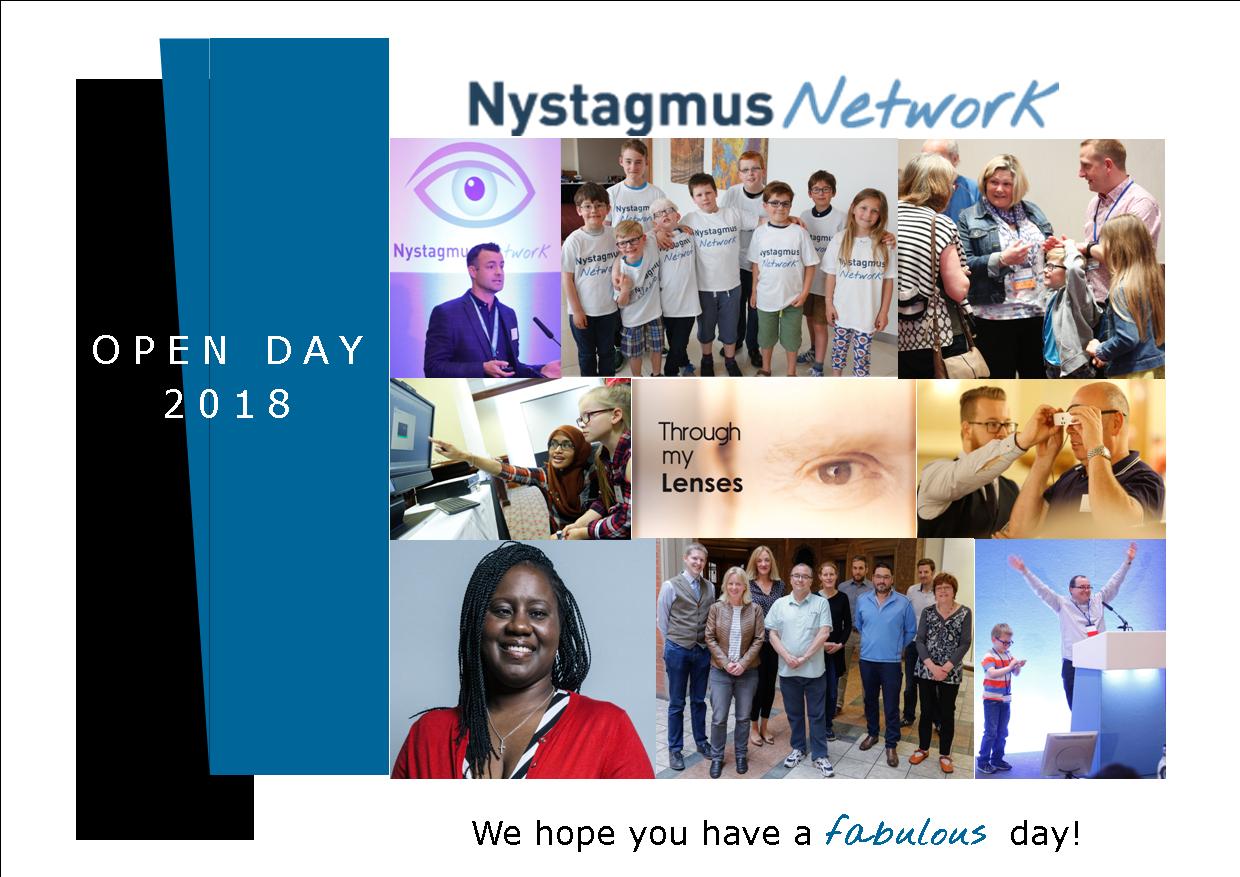

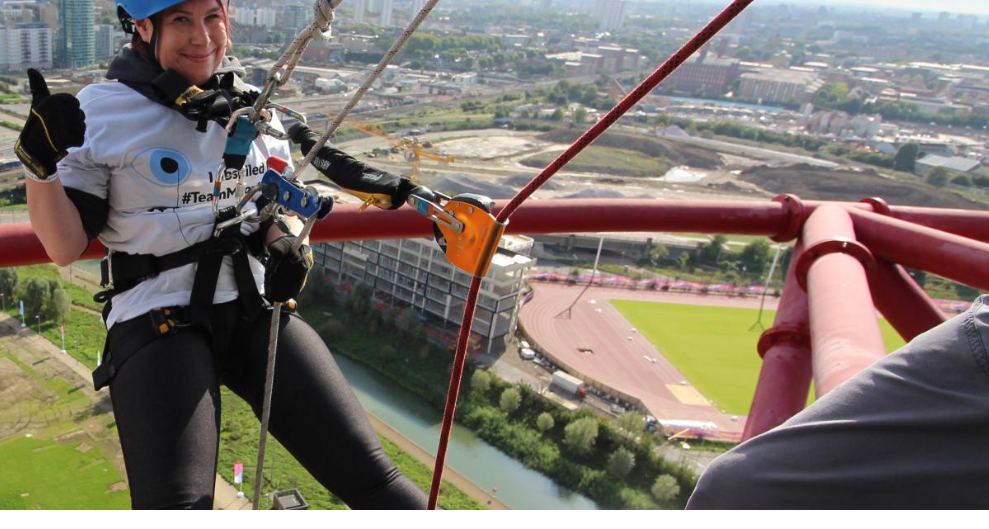
The abseil is this weekend!
This Sunday morning Claire A, Claire B, Glen, Matt, Richard B, Richard P, Tom, Vanessa, Vicki and Vicky will be scaling down the UK’s tallest piece of public art, the ArcelorMittal Orbit at the Queen Elizabeth Olympic Park to raise money for nystagmus research at Moorfields and University College, London.
Our 10 intrepid Team Nystagmus Network abseilers were set a sponsorship target of £250 each. At the time of writing they’ve already far exceeded that target and look set to be able to make a real impact on funding for nystagmus research over the coming months.
We wish them all well on behalf of the entire nystagmus community.
Good luck, everyone!
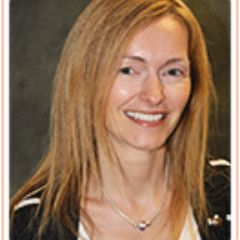
Nystagmus acquired after a stroke?
Professor Fiona Rowe from the Institute of Psychology, Health and Society at the University of Liverpool is currently seeking patients to take part in an online anonymous questionnaire about eye movement disorders.
An expert in post stroke vision, Professor Rowe would like to recruit adult patients with acquired nystagmus to help determine future patient treatment and care.
If you would like to find out more about the questionnaire, please click here.
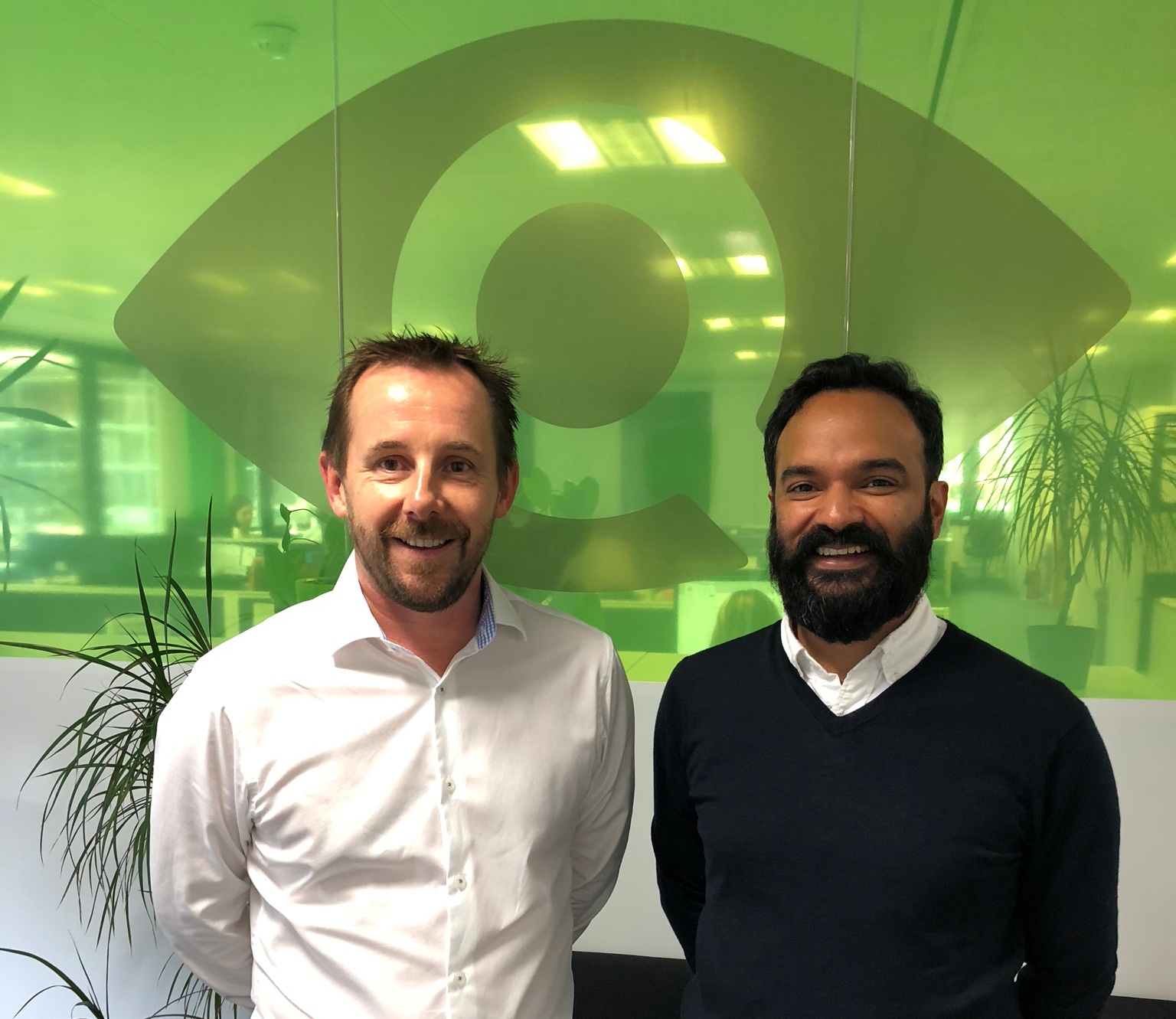
Peter and Neil seal the deal!
Nystagmus Network trustee and research committee member, Peter Greenwood, and Fight for Sight’s Research Manager, Neil Meemaduma, met at Fight for Sight’s offices in London last week to progress plans on the two charities’ joint nystagmus research grants.

Does albinism protect against AMD?
We are seeking potential research candidates on behalf of researchers in Southampton (Jay Self and Helena Lee) who must be over the age of 60 and have any form of albinism. Thank you to those who have already responded. We have already found 12 people, but we really need 20 for a viable study. If you or anyone you know fits the bill, please read on …
Jay and Helena are seeking to understand two questions which have baffled researchers for some time and they need your help:
1. Why has Albinism and Age Related Macular Degeneration (AMD) never been seen in the same patient when AMD affects 1/3 of people over 75? Are people with Albinism protected from this condition?
2. Why does the retina lose function late in older animals with Albinism, but apparently not in humans?
If anyone with Albinism, who is over the age of 60, would like to help Jay and Helena find answers to these important questions, please complete the form below. Please note that by completing the form you are giving us your permission to pass on your details on to the relevant research team.
Thank you.

Vicky and Claire show amazing support
Vicky and Claire are both trustees of the Nystagmus Network. That’s not all they have in common!
On 23 September they will both be scaling down the Olympic Park Orbit alongside their Team Nystagmus Network Abseil team mates.
They’re doing it to raise funding for nystagmus research. Every penny they raise will go directly into pioneering work at Moorfields Eye Hospital and University College, London.
You can help support them by visiting their Justgiving pages.
Click here to sponsor Vicky and her husband, Richard.
Click here to sponsor Claire.
Thank you both. We’re all so proud of you!
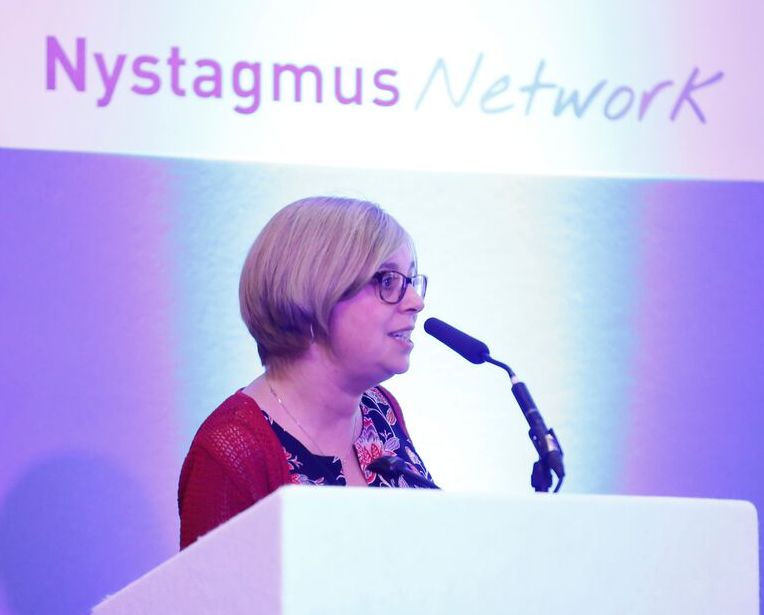
Try VR at Open Day
The Nystagmus Network is currently funding pioneering research at the University of Sheffield which could really help improve the quality of life of people who acquire nystagmus in adulthood.
Acquired Nystagmus is usually accompanied by oscillopsia, which means that the subject sees a moving image rather than a stable one. This is a particularly disorientating and debilitating symptom of this form of nystagmus.
Dr Helen Griffiths and her team have tapped into virtual reality technology to develop glasses which allow a patient with oscillopsia to see a stable image.
You can try the prototype at Open Day!
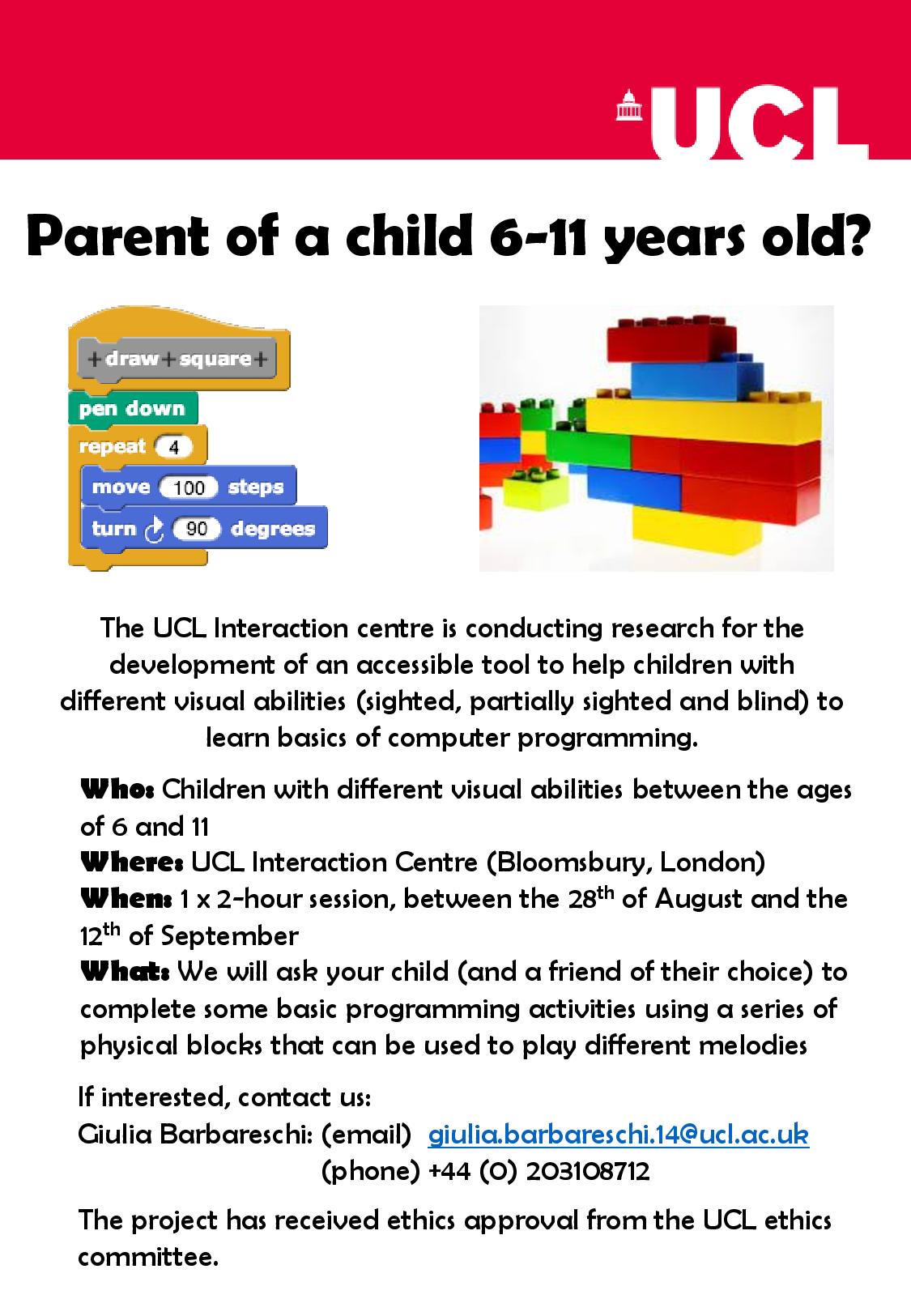
Children can try programming
A research associate at the UCL Interaction Centre is working on a project that seeks to develop an accessible toolkit to enable children with different visual abilities to write basic computer programmes through the manipulation of physical objects. Would your child like to take part in a 2-hour session where, together with a peer of their choice, they will have the chance of interacting with the prototype and carrying out some music-based programming activities?
Please see flyer for details.

Researchers study whether albinism could protect against AMD
PRESS RELEASE ISSUED BY UNIVERSITY HOSPITAL SOUTHAMPTON NHS FOUNDATION TRUST
23 August 2018
Researchers in Southampton are in the early stages of a pioneering study which aims to discover if albinism may protect against a leading cause of sight loss.
Despite age-related macular degeneration (AMD) affecting a quarter of people over 65 and half of people over 85, clinicians have very rarely, if ever, seen a patient with both conditions.
Now, Mr Jay Self, a consultant ophthalmologist at University Hospital Southampton NHS Foundation Trust, and his team are looking to recruit anyone over 65 with albinism to find out more.
The condition is caused by faulty genes that a child inherits from their parents and affects the production of melanin, the pigment that colours skin, hair and eyes.
People with albinism can have pale skin which burns easily in the sun, white hair, poor vision, a sensitivity to light and involuntary eye movements.
AMD, which causes a gradual loss of central vision, is the biggest cause of sight loss in the UK.
“It has been an odd observation for many years that no-one can ever remember seeing a case of AMD in someone with albinism – therefore, something is going on,” he said.
“So far, using various online resources and enquiries, we have amassed a grand total of seven people in the UK over 65 who report having albinism at all and none who have been given both diagnoses.”
Mr Self, who is also an associate professor of ophthalmology at the University of Southampton, said research has shown the retina loses function in older animals with albinism but this is not clear in humans.
“We have researched this topic extensively from the records available and have this interesting phenomenon which we need to know more about and investigate further.
“It has even been suggested that the albinism itself may ‘protect’ against AMD which would be a very important finding to aid further study into both conditions.”
Anyone who is interested in joining the study can contact Mr Self on email at [email protected] to find out more.
This project is part of a programme of work at UHS, led by Mr Self and Dr Helena Lee, looking for potential ways to treat albinism and nystagmus, a condition which causes the eyes to ‘wobble’ and creates strobe vision.
In a separate study within the programme, Dr Lee, was recently awarded a £1.4 million Medical Research Council (MRC) clinician scientist fellowship to investigate the role of levodopa – a drug more commonly used to treat Parkinson’s disease – in improving visual development in infants and young children with albinism.

Research project could lead to cure for blindness
Moorfields consultant, Dr Marya Moosajee, is featured today in an Evening Standard article for her pioneering research, seeking to cure rare genetic causes of blindness.
Read the article here.
